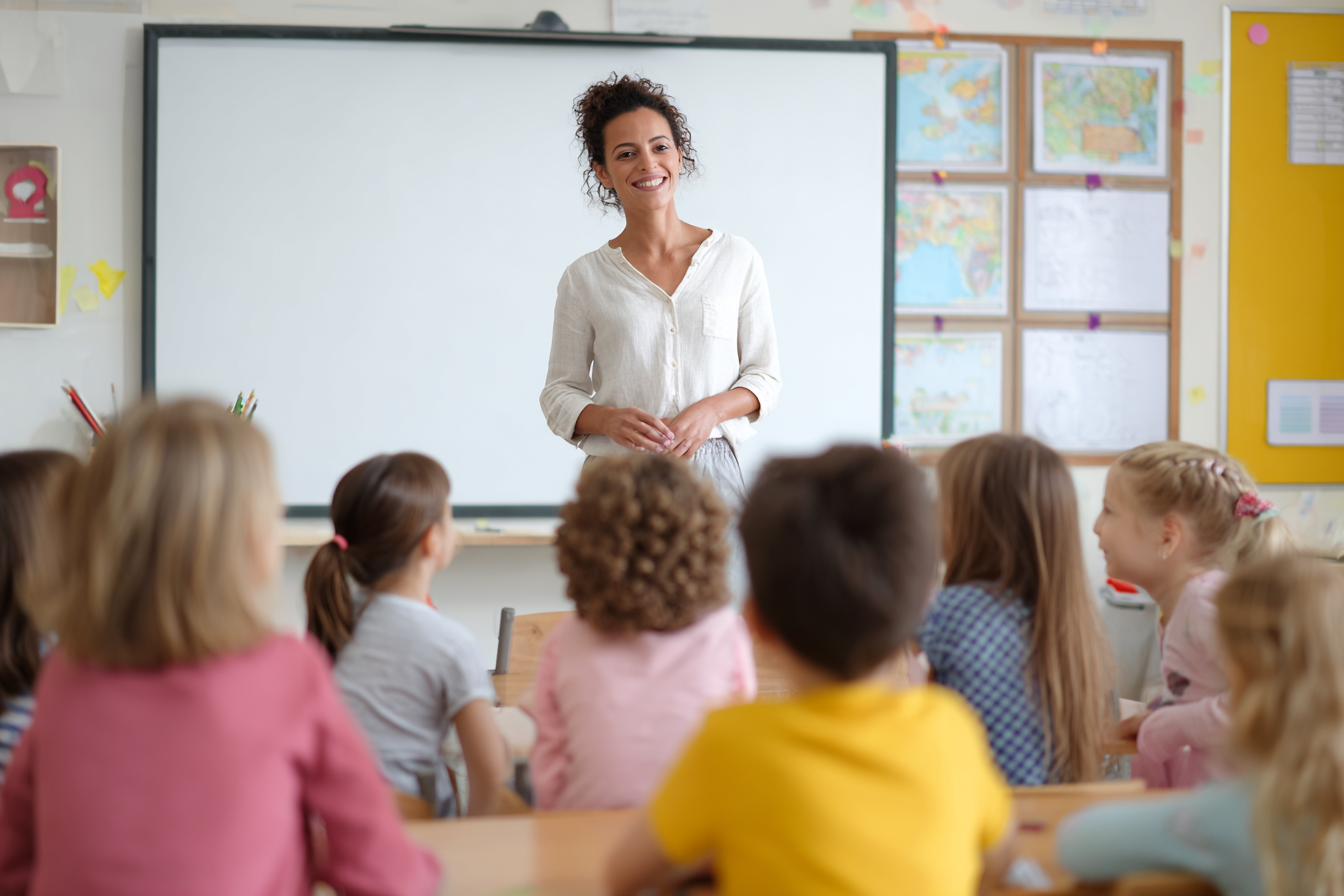Unit Plan 22 (Grade K ELA): Words & Pictures Together (Stories/Poems)
Kindergarten literature unit: students explore how illustrations show action and emotion, identify onomatopoeia in stories and poems, and create visuals with sound bubbles and motion lines to express meaning and feeling.

Focus: How illustrations add meaning/feeling; sound words
Grade Level: Kindergarten
Subject Area: English Language Arts (Literature • Speaking/Listening)
Total Unit Duration: 5 sessions (one week), 45–60 minutes per session
I. Introduction
This week kids discover how illustrations carry meaning and feeling in stories/poems—and how sound words (onomatopoeia) help us hear what’s happening. Through close look-and-talk routines, “sound hunts,” and a tiny performance share, students will cite picture clues, name sound words, and add their own visuals to make meaning clear.
II. Objectives and Standards
Learning Objectives — Students will be able to…
- Describe how an illustration shows what is happening or how a character feels, using picture clues (RL.K.7).
- Identify and explain the meaning of sound words in stories/poems; ask/answer about interesting or unknown words (RL.K.4).
- Add a drawing/visual (labels, sound bubble, motion lines) to a simple description to make ideas clearer (SL.K.5).
Standards Alignment — CCSS Kindergarten
- RL.K.7 Describe the relationship between illustrations and the story/poem (what moment/feeling they show).
- RL.K.4 Ask/answer questions about unknown or playful words; determine meaning of sound words in context.
- SL.K.5 Add drawings or other visual displays to provide additional detail.
Success Criteria — student language
- I can point to a picture and tell what it shows and how it feels.
- I can find a sound word and say what it means (or act it).
- I can make a drawing/label/sound bubble that helps my listener understand.
